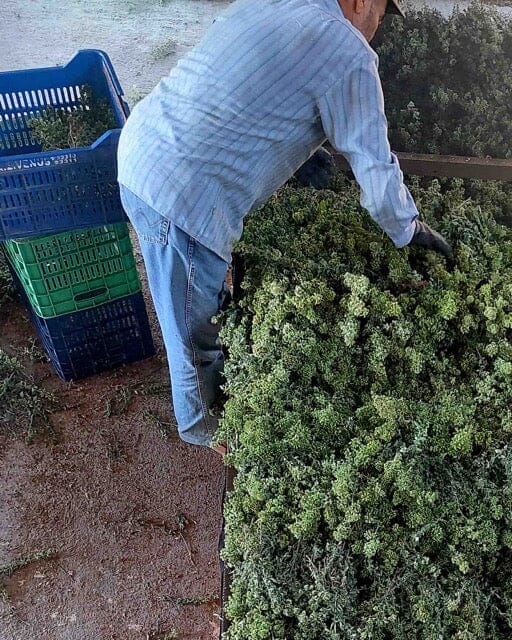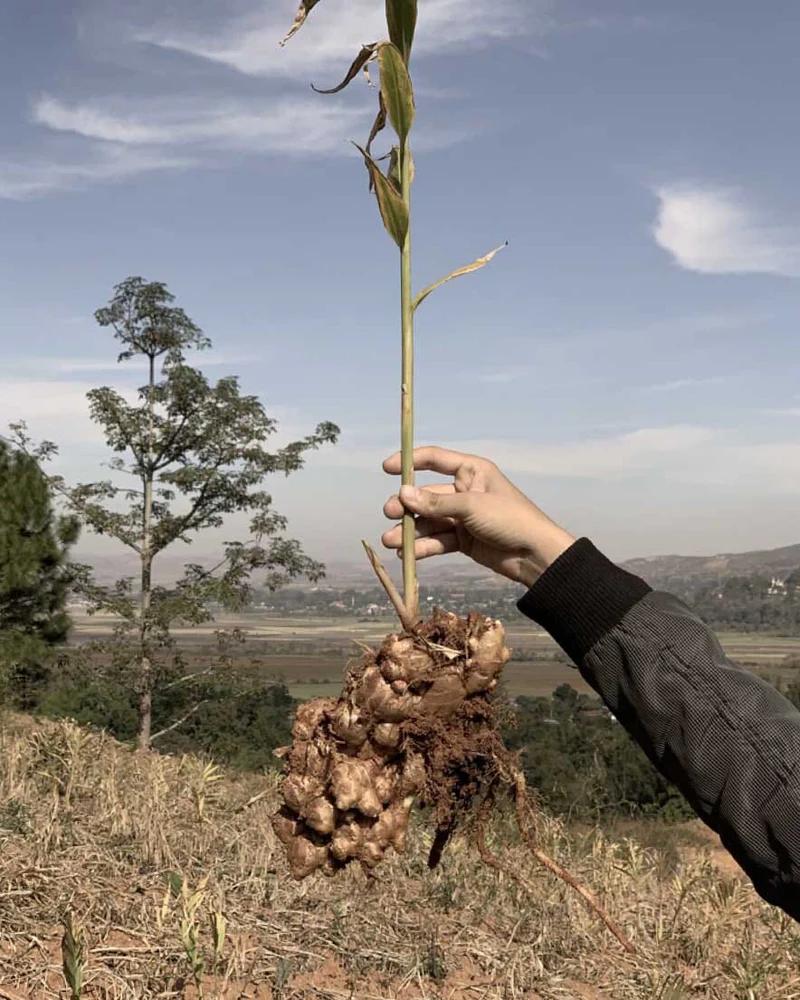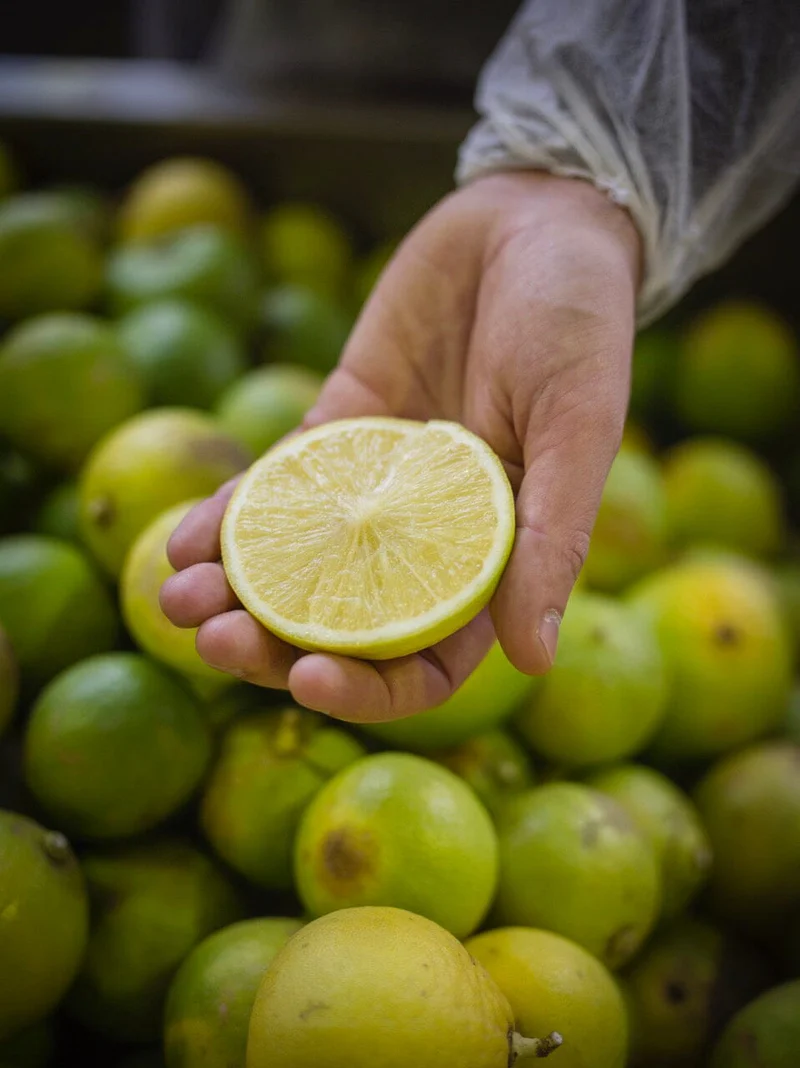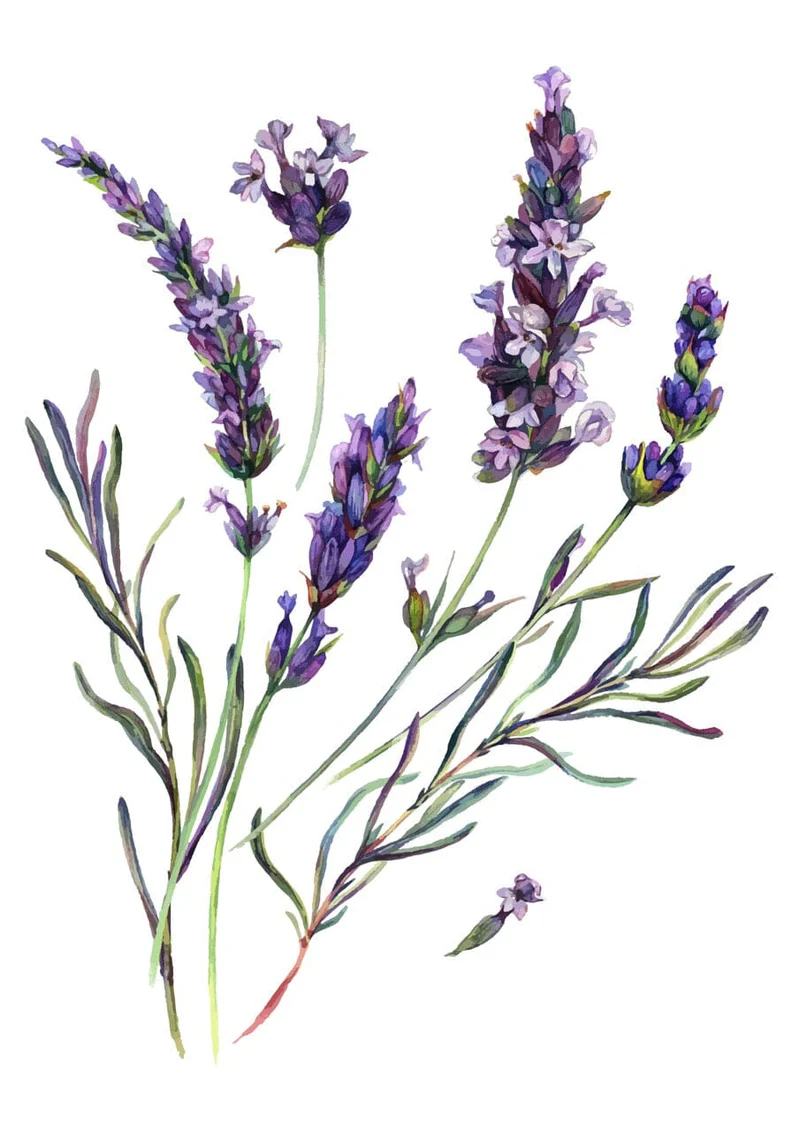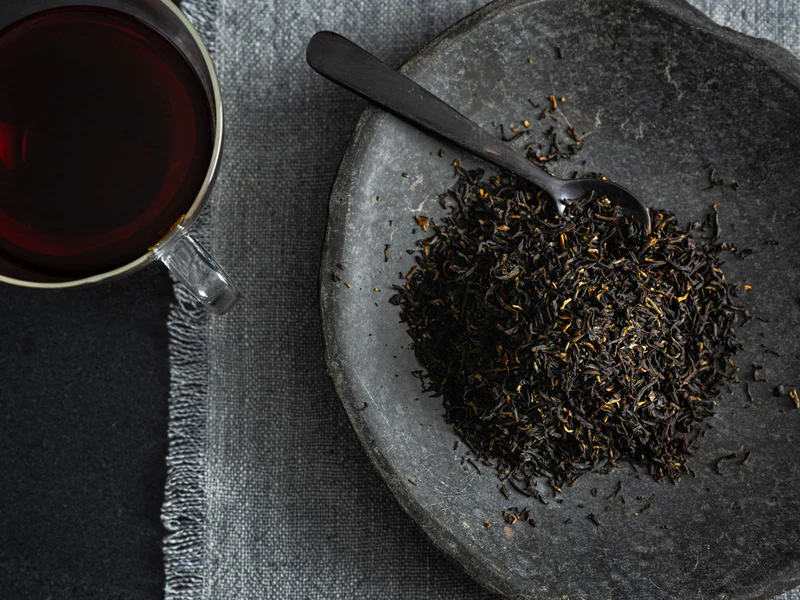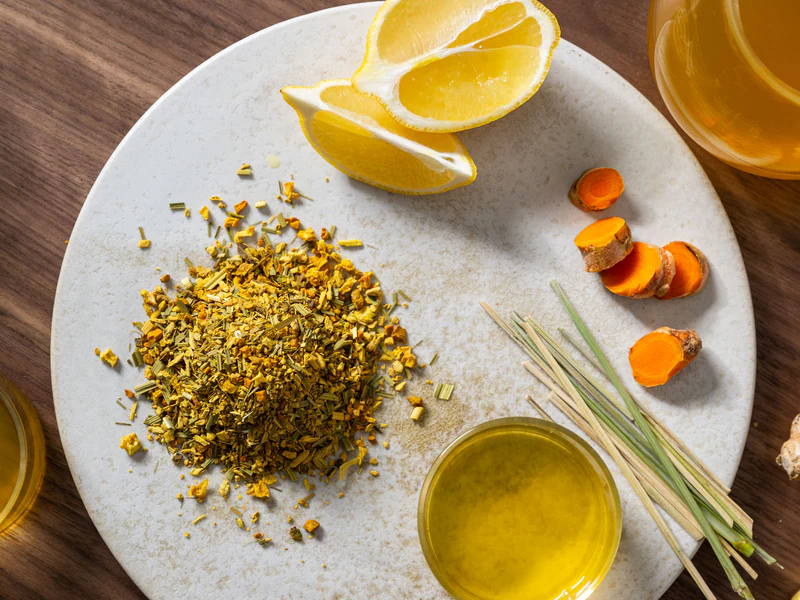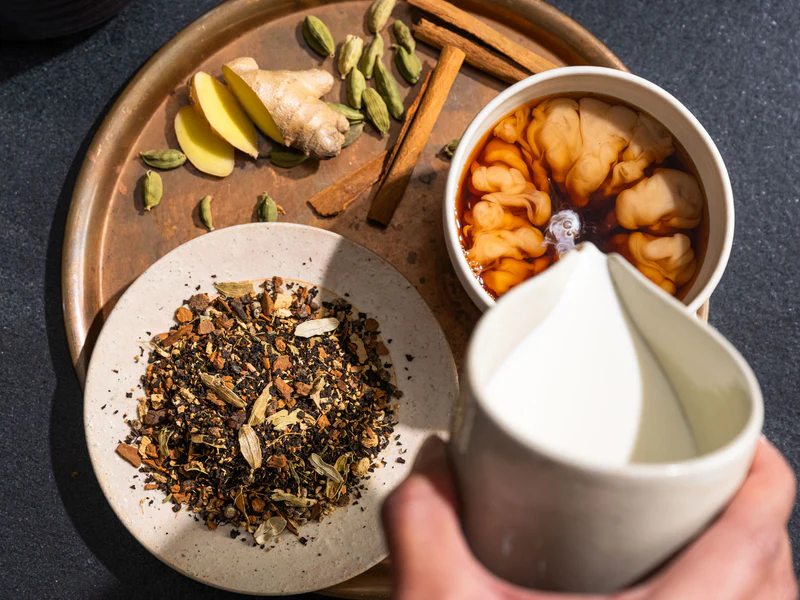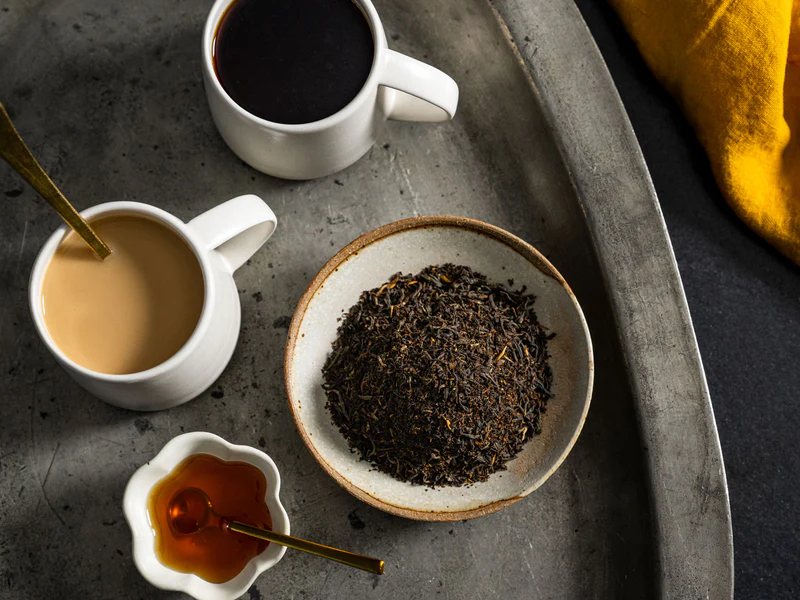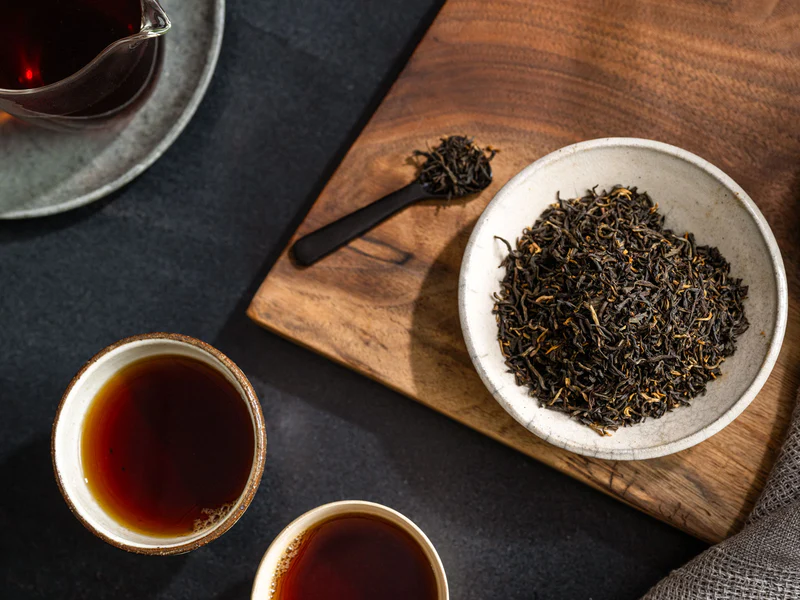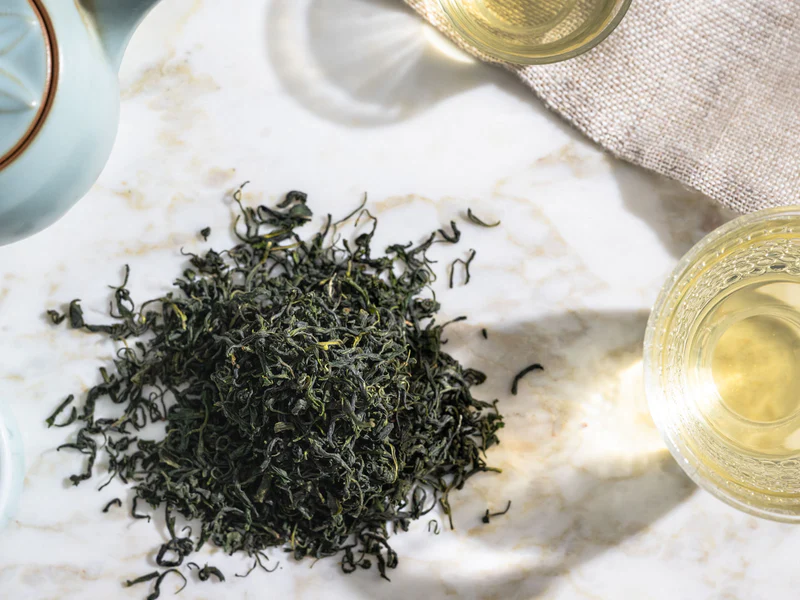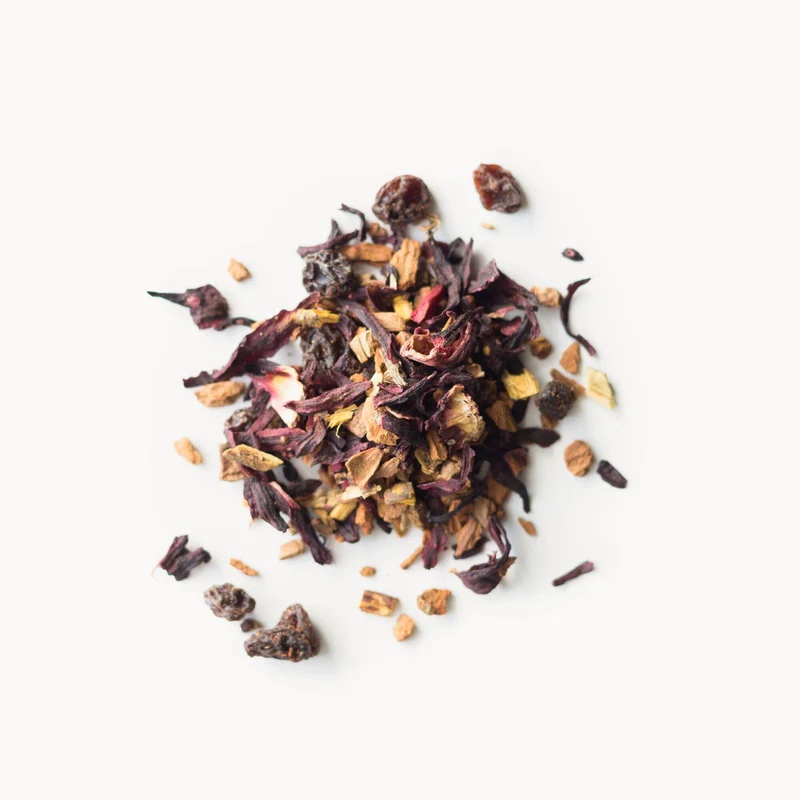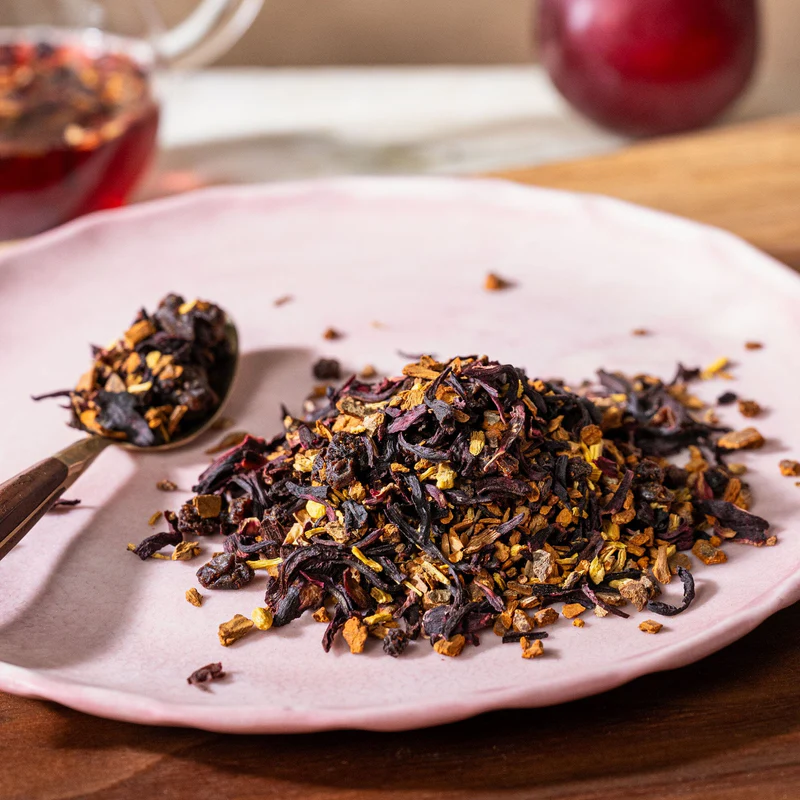Our Growing Regions: USA, Serbia, Morocco
Peppermint tea has a long history and its origin can be traced back to ancient Egypt and Greece. Peppermint, scientifically known as Mentha x piperita, is a hybrid mint that is believed to have been created by crossing watermint and spearmint. It was highly valued in ancient civilizations for its medicinal properties and refreshing taste.
Peppermint tea offers numerous health benefits. Firstly, it has a soothing effect on the digestive system, helping to relieve indigestion, bloating, and stomach discomfort. It can also help alleviate symptoms of irritable bowel syndrome (IBS) such as abdominal pain and spasms. Peppermint tea is known for its calming properties, which can aid in reducing stress and promoting relaxation. It may also provide relief from headaches and sinus congestion due to its menthol content, which has a cooling and decongestant effect. Additionally, peppermint tea is rich in antioxidants, which help protect the body against free radicals and oxidative stress.
When it comes to the best quality peppermint, it is primarily grown in regions with a cool climate and well-drained soil. The Pacific Northwest region of the United States, specifically the states of Oregon and Washington, is renowned for producing some of the highest quality peppermint. The cool summers and fertile soil in this region create optimal conditions for peppermint cultivation. Other countries such as England, France, and Morocco also produce high-quality peppermint.
In summary, peppermint tea has a rich history and is known for its refreshing taste and numerous health benefits. It originated in ancient Egypt and Greece and has been valued for its medicinal properties throughout history. The best quality peppermint is primarily grown in the Pacific Northwest region of the United States, as well as other countries like England, France, and Morocco.
Peppermint and spearmint are both popular members of the mint family, known for their refreshing qualities and distinct flavors. While they have similarities, there are key differences in aroma, taste, and energy between the two.
AROMA
Peppermint (Mentha x piperita) has a strong and invigorating aroma. It is characterized by its cooling sensation and a combination of menthol and a hint of sweetness. The scent of peppermint is often described as fresh and stimulating.
Spearmint (Mentha spicata) has a milder aroma compared to peppermint. It has a sweet and herbal fragrance, sometimes with a hint of fruitiness. The scent of spearmint is generally considered to be more gentle and soothing.
TASTE
Peppermint has a bold and intense flavor. It is known for its cooling, menthol-like sensation, which can provide a refreshing and revitalizing experience. Peppermint leaves often have a slightly sweet taste with a hint of spiciness.
Spearmint, on the other hand, has a sweeter and milder taste compared to peppermint. It is often described as having a fresh, herbal flavor with hints of sweetness and a touch of mintiness. Spearmint leaves are commonly used in culinary applications and are known for their pleasant taste.
ENERGY
Both peppermint and spearmint are known for their energizing properties, but they have slightly different effects. Peppermint is often associated with a more invigorating and stimulating effect. Its strong aroma and cooling sensation can help awaken the senses and promote alertness.
Spearmint, while still providing a boost of energy, is generally considered to be more gentle and calming compared to peppermint. It is often used for its soothing and relaxing qualities, which can help improve focus and reduce stress.
In summary, peppermint and spearmint differ in terms of aroma, taste, and energy. Peppermint has a stronger and more invigorating aroma, a bold and intense flavor, and a more stimulating energy. Spearmint, on the other hand, has a milder aroma, a sweeter flavor, and a gentler, calming energy.

 Best Sellers
Best Sellers




